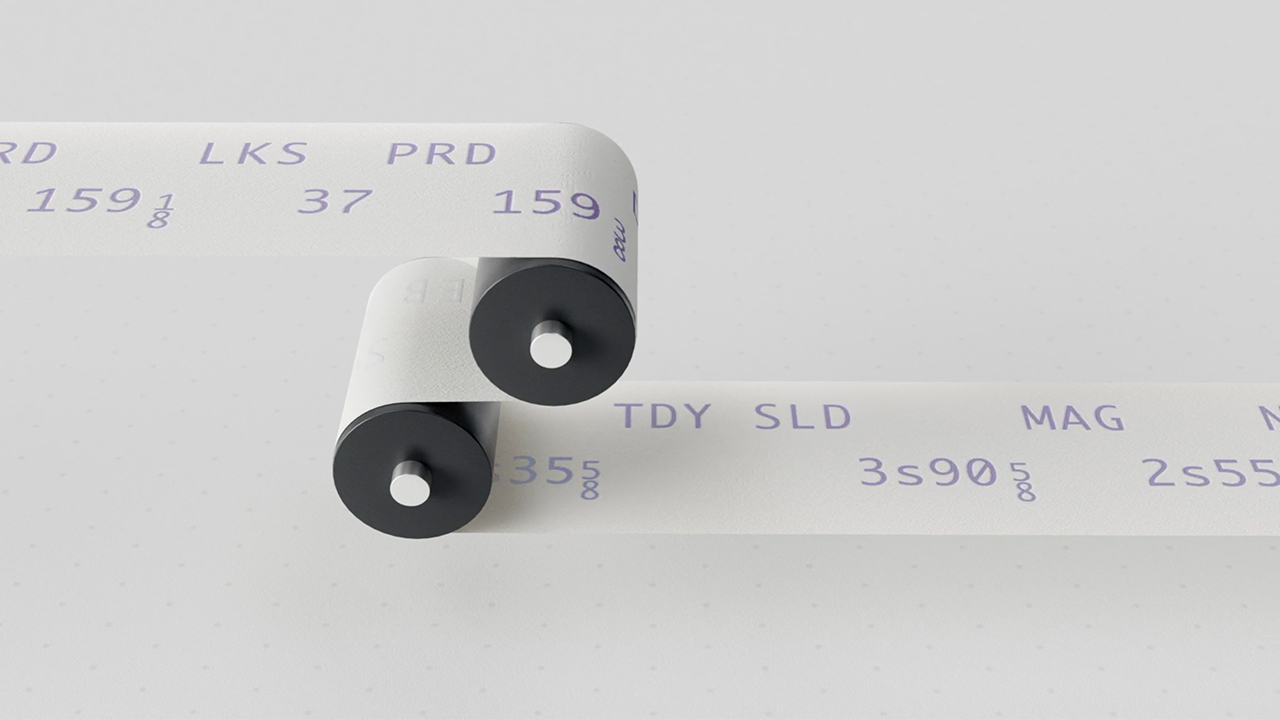
Squeeze explains the animated trailer they created for Supercell’s “Clash Royale.”
By Bryant Frazer
When the Finnish mobile video game giant Supercell needed a fast and funny animated trailer to introduce a new feature in its hugely popular “Clash Royale,” the company turned to a longtime collaborator, Squeeze Animation Studios.
Supercell wanted to get players excited about Magic Items, new elements in the free-to-play game that help expand and upgrade in-game card decks more quickly, so Squeeze pulled out all the stops. Using a combination of Maya, Houdini, Redshift and Nuke, Squeeze created a video showing the Clash Royale King in a jubilant mood, dancing with a skeleton and a goblin, twirling through a downpour of gold coins and letting a blast of sunlight into his castle.
To learn more about this exuberant animation, we spoke with Squeeze Writer/Director Matt Desjardins and VFX Supervisor Rémi Larroque about their creative process and technical workflow.
How long has Squeeze been collaborating with Supercell?
Desjardins: Supercell and Squeeze have shared a mutually beneficial, symbiotic relationship for the past three years. Although Supercell is our client, they participate in the process of creating content more than our other clients.
That is a blessing for us since they are also actively looking to create better content, leveraging what our team can accomplish. Before working on the Magic Items trailer, we had the chance to work on their highly successful Shocktober campaign, introducing the new Electro Giant character.
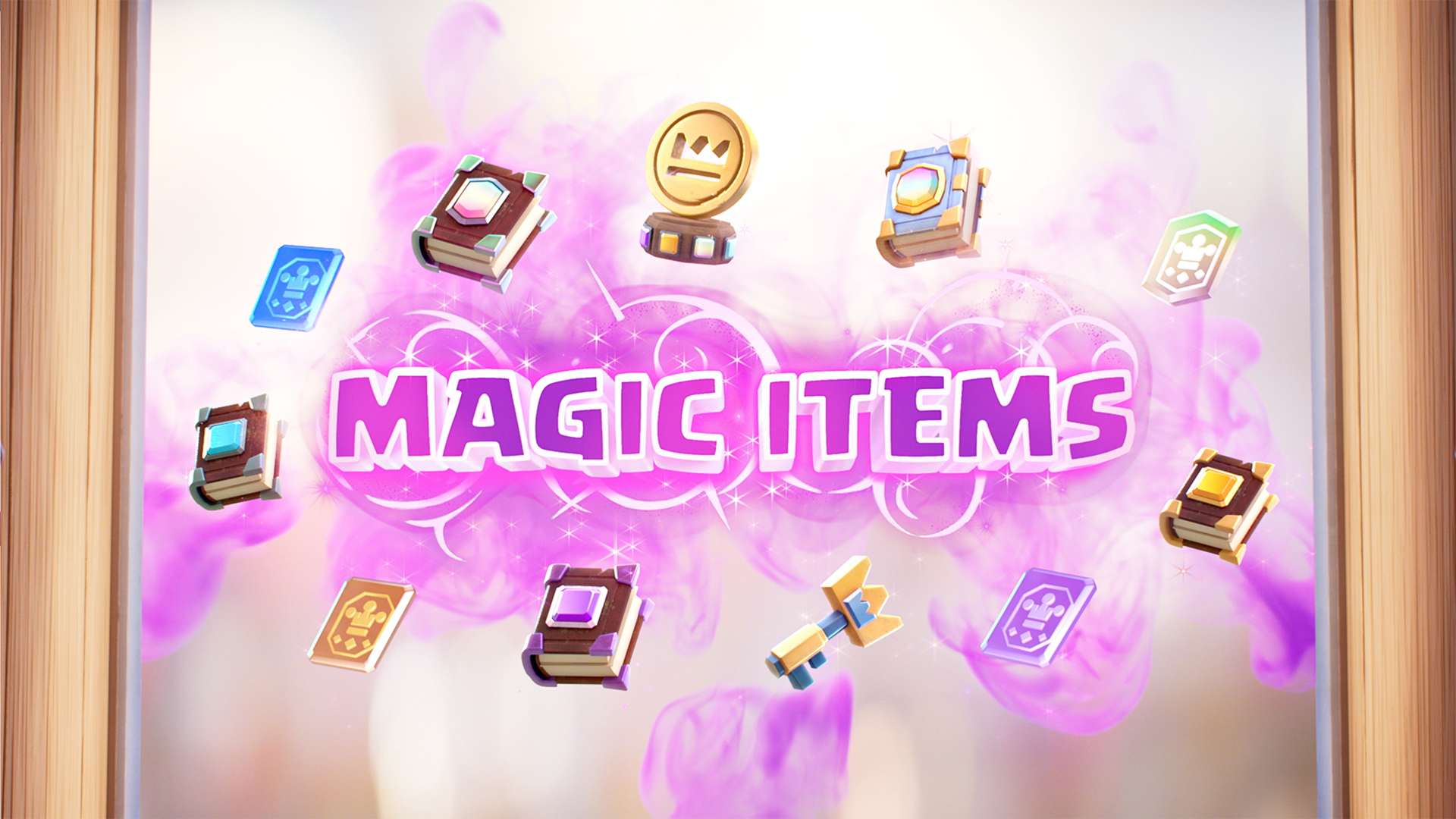
How did they describe what they wanted for this project?
Desjardins: They were releasing a new feature called Magic Items. Our Creative Producer, Vincent Bernier, and I tried to find an angle to showcase the feature in a memorable way. Magic Items really boost a player’s deck, changing their experience and helping them to win.
To express that, I wanted the king’s good mood to become overwhelming to the point of ridiculousness. With “Clash Royale,” the goal is always humor. I think most of us can relate to people being so overly joyful that it becomes annoying, and when it’s presented through the lens of a spectator, it can be very comedic. Once the writing is done, we make sure to use all of the tools at our disposal to hammer it in during the production process.
Was there a brief to work from?
Larroque: Usually, Supercell will brief us on requirements about the elements being released, such as a new arena, character or ability. From there, I work hand-in-hand with our producer, director and CG supervisor to build a plan, a story, a breakdown and an artistic vision that fits the timeline and budget. Then, we create a storyboard to define the timing and the framing of the shots. We also do some lighting keys to define the overall look of the show and the complexity of the light rigs.
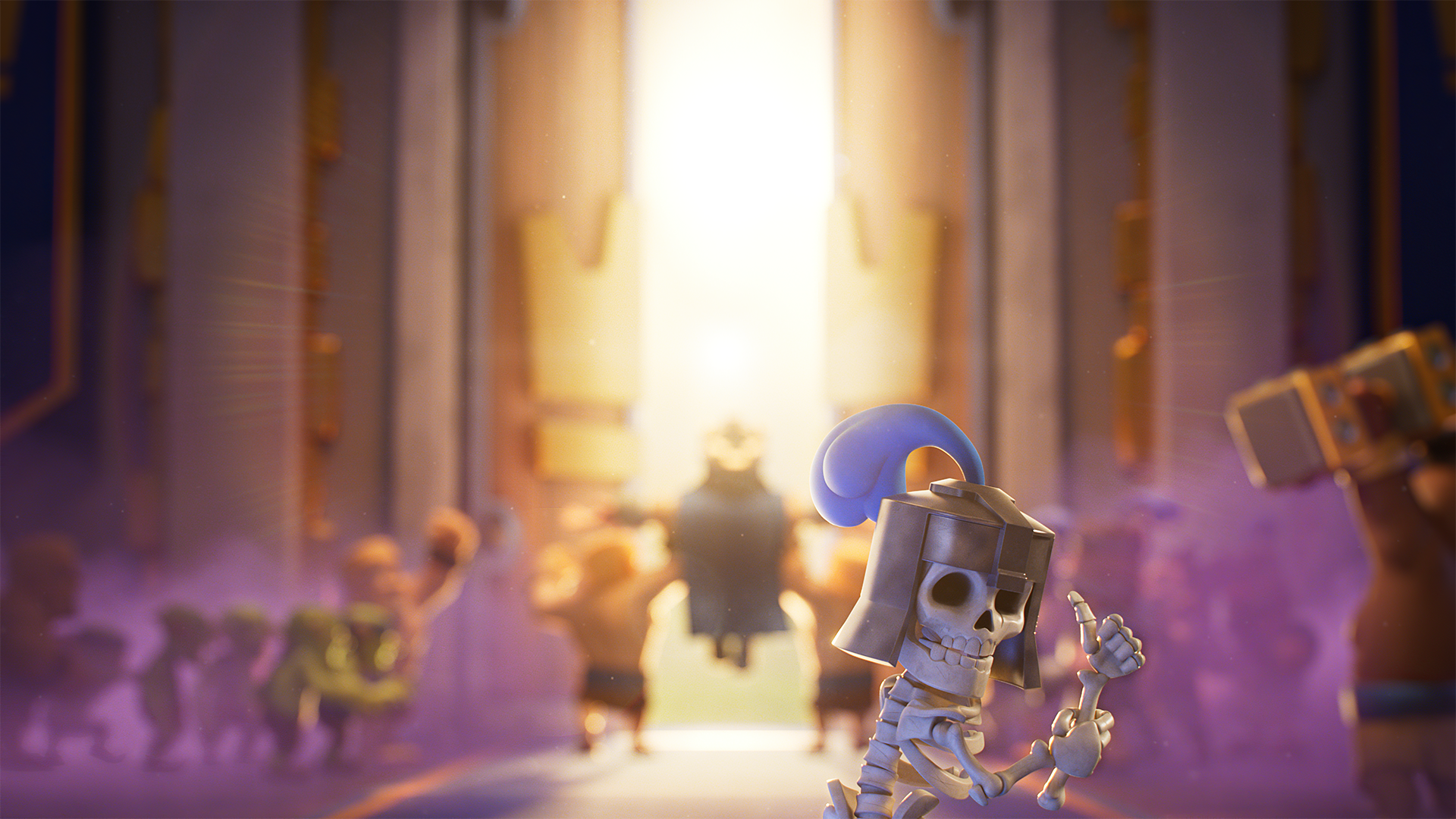
Next, we select the hero shots, the shots that globally represent most of the look we want to achieve. We push those to all the departments from layout to compositing so we can define the recipe that will be applied to similar shots later. Near the end of production, we do a continuity pass where we make sure the cuts are working from shot to shot, and we individually grade and add a little bit of sweetness to the sequence.
Tell us more about your workflow.
Desjardins: After we’ve created the storyboard, our core team—Rémi and the other core supervisors, our producer and CG supervisor François Beaudry—break down the show technically and artistically. Rémi is a very multi-disciplinary artist with experience in all the production steps. He always finds the right tools and approach to bring our ideas to the screen.
Once the breakdown is done, we move into production to create the assets, layout, animation, lighting, and compositing. François creates the underlying pipeline to ensure the assets are pushed, without errors, into the next department’s caring hands. We get together with the client at every key stage to review and discuss the progress.

How did you approach look development?
Larroque: When we start creating the assets, we have some time to spread the look development between surfacing (texture and shading), lighting and compositing. I like to send characters, with all of those steps, to the client before showing the characters in context with specific lighting.
The surface department creates AOVs and mask IDs to be able to grade specific things, such as the sclera, iris and pupil for the eyes. Redshift has most of the packages we needed to do the project, and since we were working on a very tight schedule, the turnaround time for the render was just amazing. We could quickly iterate and change things until the very last delivery.
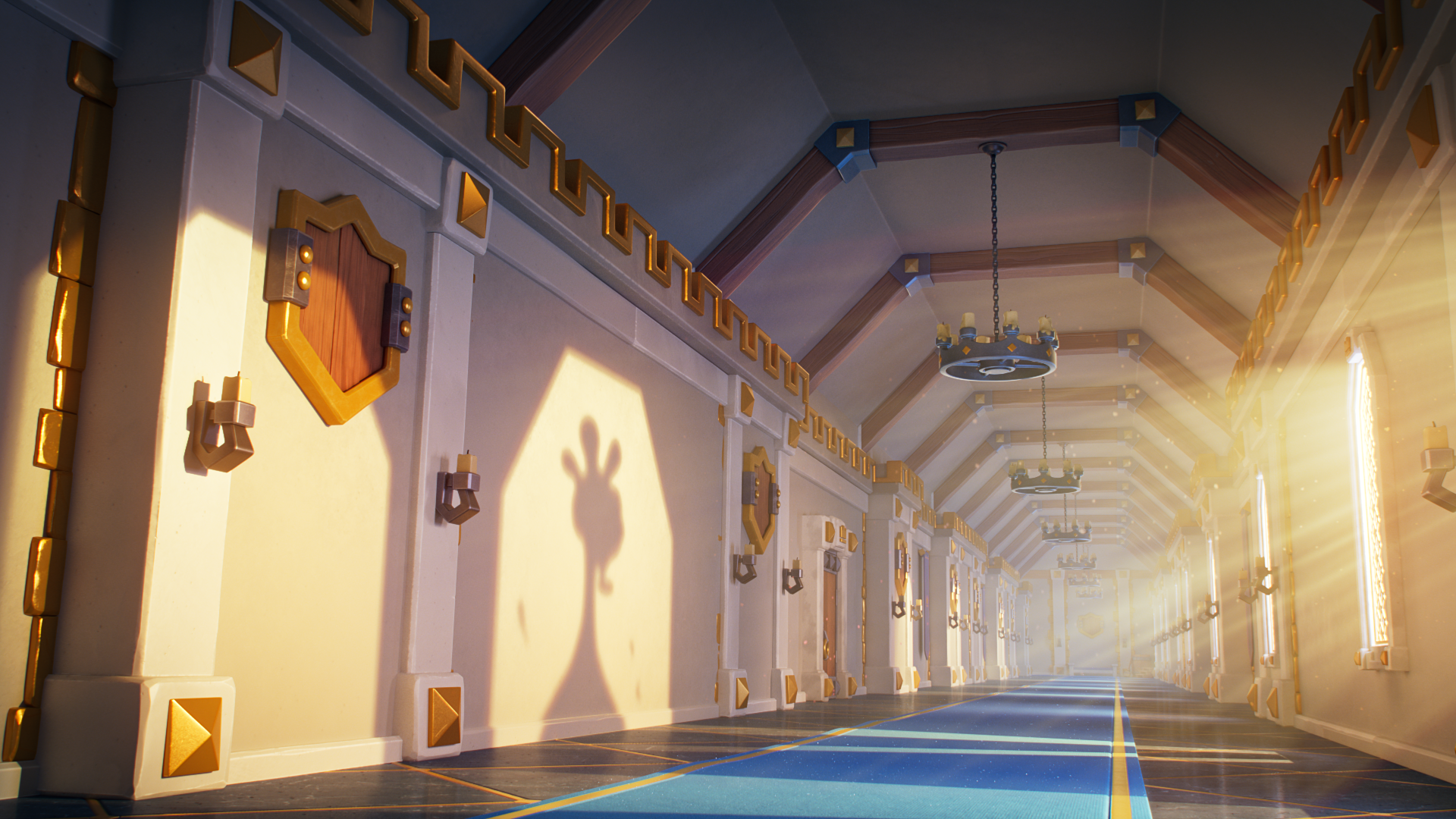
Was there anything unusual about this project?
Desjardins: We don’t always add light direction in our storyboards, but since it was such an important element to communicate the time of day and the mood, we decided to take the time to paint them in. Combined with the color scripts, detailed paintings used to reference light and color throughout the show, we were able to troubleshoot some shots early on and make sure the morning’s sunlight was boldly present throughout the spot.
What aspect of the project was most interesting or challenging?
Larroque: At one point there is a quick transition on three shots, where we go from the normally sunny morning light to a magical, warmer type of lighting. We played with the coins falling on the goblin. Matt had the idea to use the finger click to do a 2D flash with negative color to help the transition.
We had to mix simulations done in Houdini with hand-animated coins to get the proper composition, as well as a smooth transition to the cave with piles of coins in the next shots. It was tricky to transition in and out to a new set in three shots, and we still made it work in the cut.
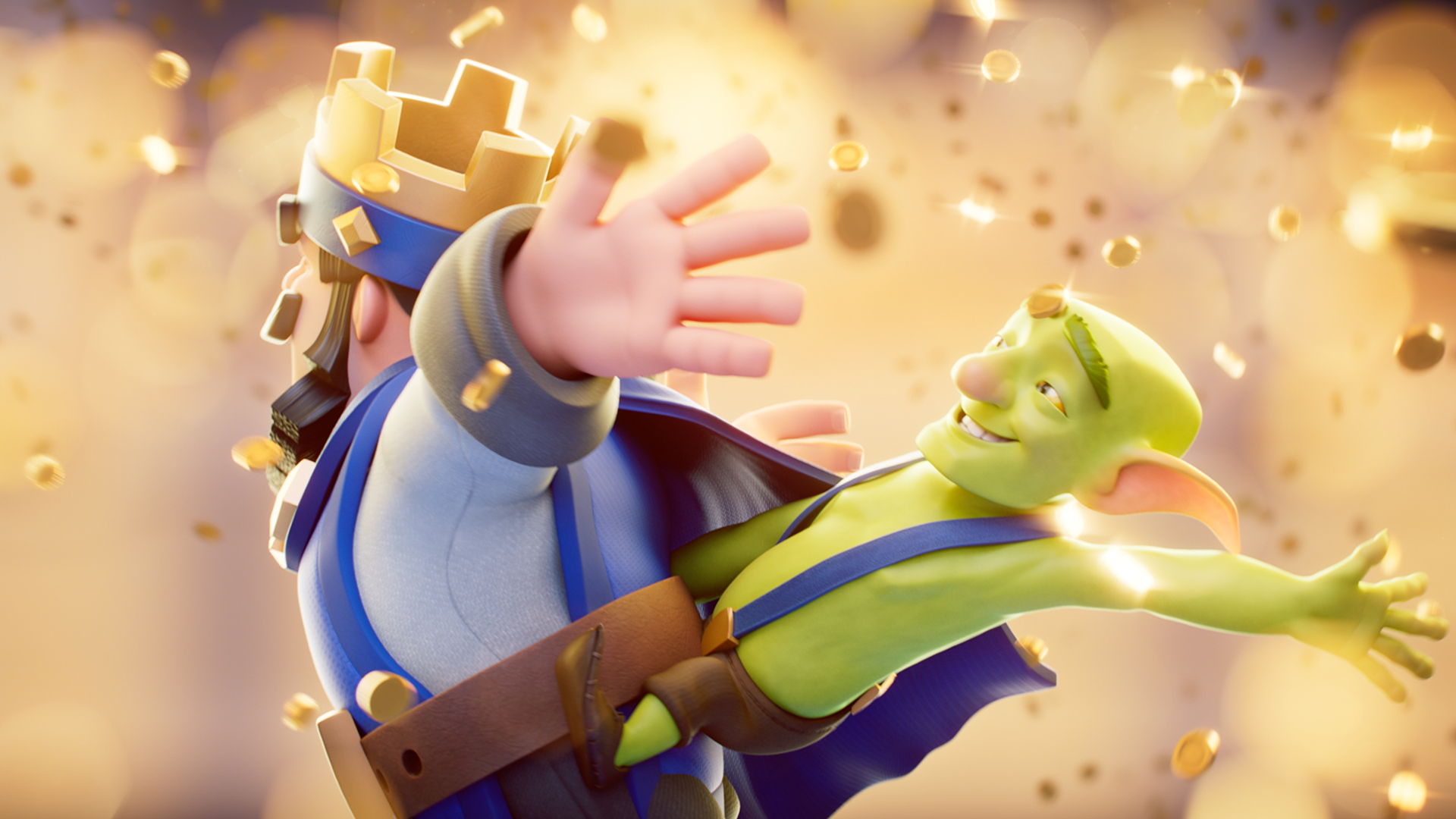
How do you tell a story quickly while also meeting the client’s needs?
Desjardins: Creating spots like these is very different from story-driven content like feature films. Usually, we only feature one or two key moods. The goal is to get the audience where you need them to be in a couple of seconds, and then quickly to the payoff. It is crucial to use every second and every tool to be engaging.
When you watch a longer-format film, you usually have already committed your time to the experience. When people watch these short spots, they usually haven’t committed to watching anything in particular and are maybe on their way to doing something else. This means that the first frames must be captivating and followed by more interesting images. Every frame is extremely valuable visual real estate, so to speak, and we do our best to treat them as such.
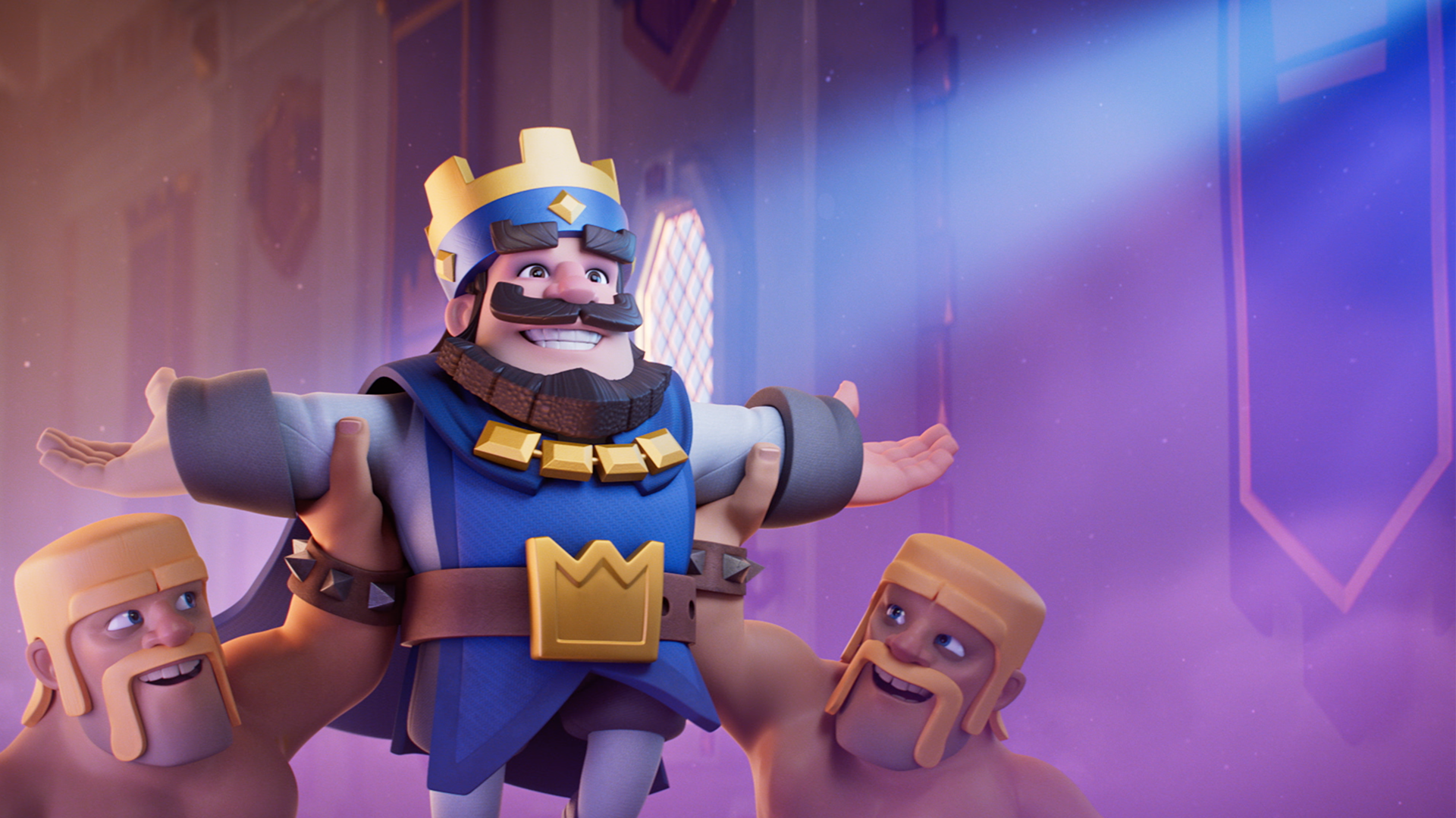
Larroque: These projects are very high quality and we don’t have room for a lot of mistakes. The more we work with the same client, the more we learn their taste and can make bolder and bolder creative decisions. Supercell is very creative, and I always keep in mind the overall scope of work or any major change that affects the delivery date.
At the same time, I make sure the production value of the project is always top-notch. These types of projects are not made for automatization. Each individual shot is handcrafted with precision. I always keep that in mind to maintain a good balance between those two aspects of the production.
What have you been working on lately?
Desjardins: The Squeeze and Supercell partnership is working on new content, both story- and feature-driven. These projects are visually ambitious, but we’re confident that our team and tools can deliver great content for the world to enjoy. Squeeze also worked on Marvel’s What if…? show for Disney+.
And I also want to mention that we just announced a new season of our original, animated TV series, “Cracké,” which was confirmed recently for a second season in 2022 called “Family Scramble”. So we’re all excited to work on that.”
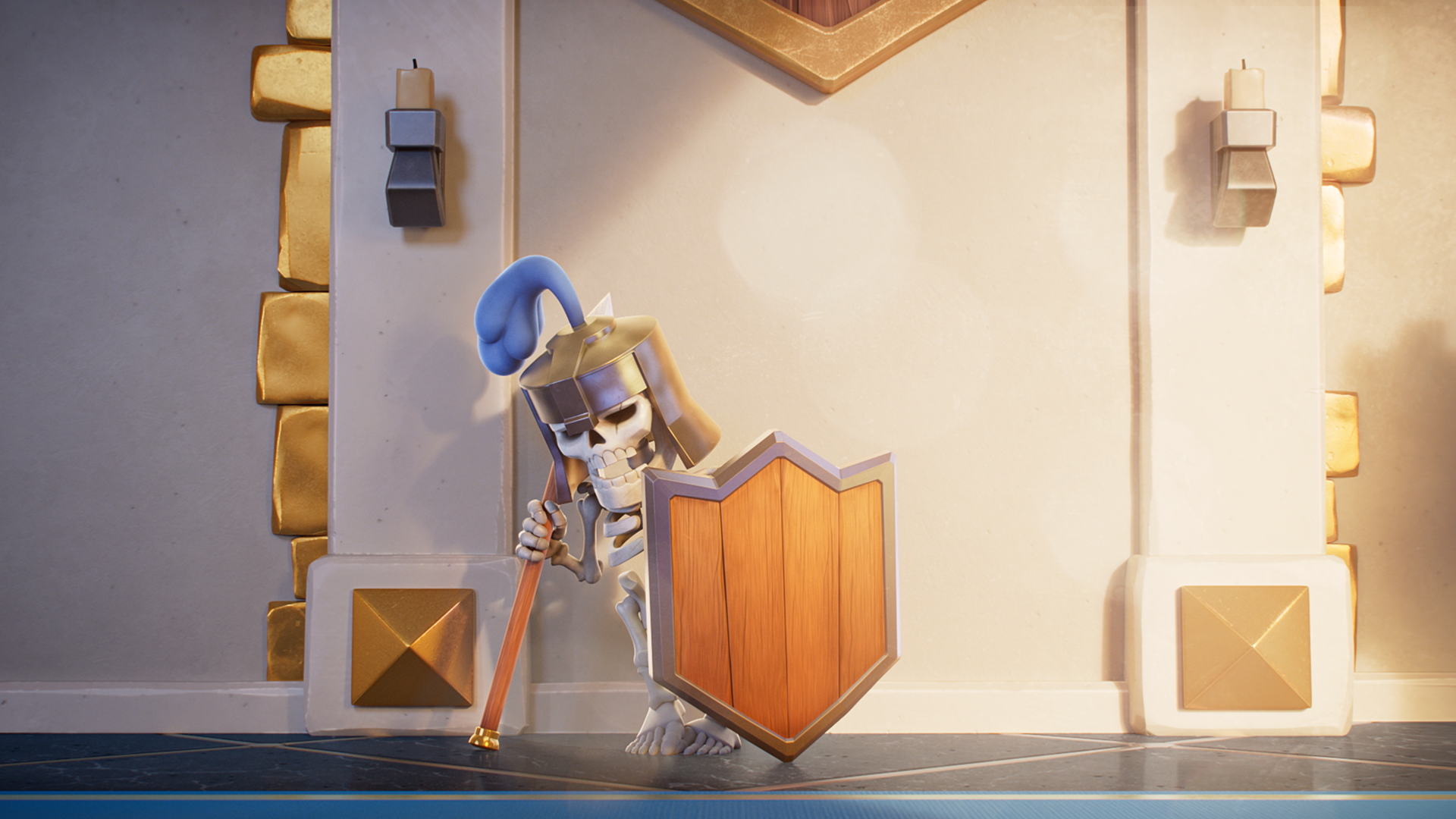
Bryant Frazer is a writer in Colorado.




